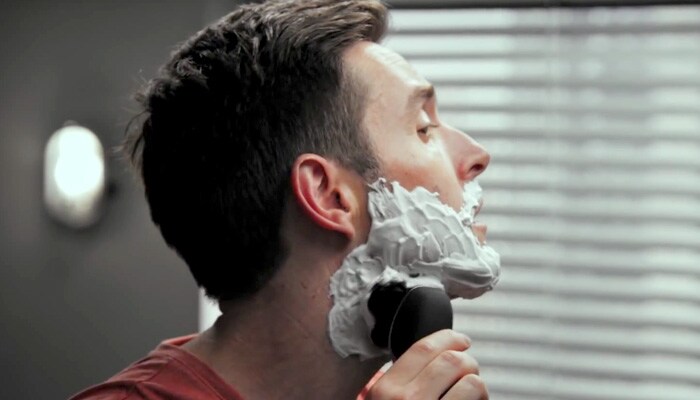How to prevent shaving irritation

1. Shave two hours before you want to look your best
This gives your skin time to relax, and any redness and irritation from shaving will have the chance to go down.
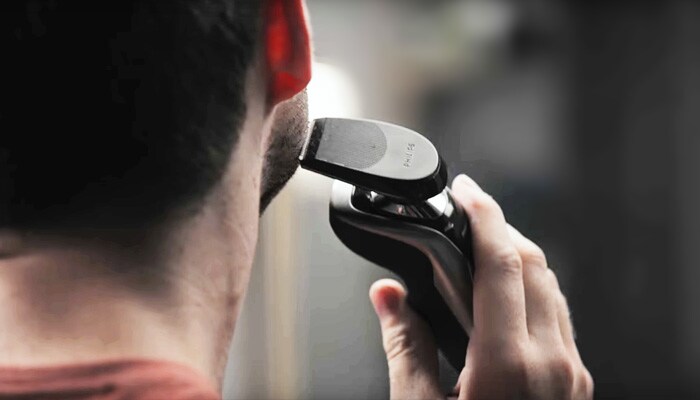
2. Pre-trim long or hard-to-shave hairs
Check and trim any long or stubborn hairs before you start to shave. Common culprits lurk below the jawbone and around your Adam’s apple.

3. Cleanse the skin – and wait – to prevent shaving irritation
If you’re prone to irritation after shaving, it’s important to have dry skin before you start to shave. If you wash your face before (which you should), wait at least five minutes for it to dry completely. Why? Moist skin can hamper the smooth movement of the shaver on the face, and result in more irritation.
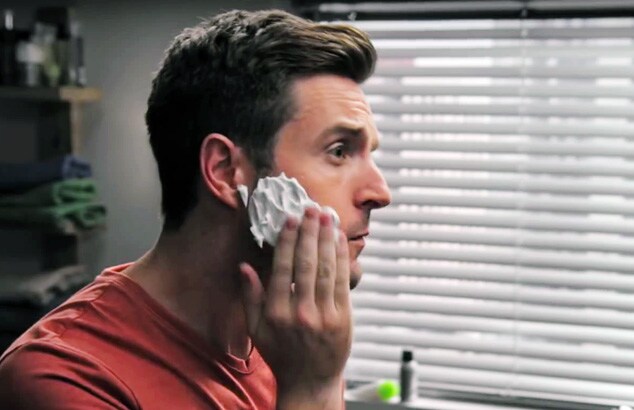
4. Choose the right foam or gel
If you do prefer to shave wet, make sure you choose a shaving foam or gel that’s suited to your skin type, and won’t dry you out. You may need to experiment to find a perfect fit.
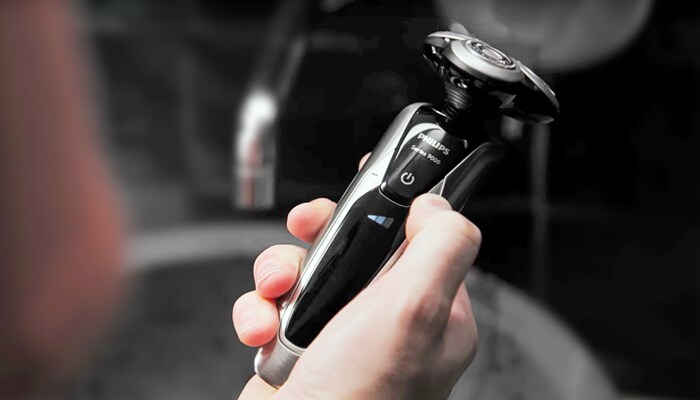
5. Choose the ‘sensitive’ comfort setting
Some shavers are designed to make your life easier, providing comfort settings that vary the speed of your shaver. To minimize irritation from shaving and get a gentle-yet-thorough shave, make sure yours is set to the 'sensitive' setting. ‘Normal’ is for everyday shaving, while ‘fast’ can give you’re a quick shave on days when you need to leave the house fast.
See more below ↓
What you need

- -{discount-value}
Philips Norelco Shaver series 7000 Wet & Dry electric shaver
S7887/82
Close shave, advanced skin protection
The Philips Norelco Series 7000 glides smoothly over your skin, while cutting each hair close - even on 3-day beards. Equipped with SenseIQ technology, the shaver senses, adapts and guides on the correct motion, for better skin protection.
See all benefits 6. Shave in circular motions
Using a rotary shaver, shave with small, circular motions, tracking the shaver across your whole face in smooth movements. Doing it like this, rather than using the traditional strokes with or against the grain, lets you catch hairs growing in any direction without multiple, skin-irritating passes. Remember: take your time. It’s not going anywhere.
7. Apply gentle pressure to avoid shaving irritation
Always shave with gentle pressure, from beginning to end: increasing the pressure increases friction, and friction causes more skin irritation after shaving.
8. Avoid trying for a very close shave
To avoid skin irritation after shaving, it is better not to try for a very close shave. This means that you just apply a little pressure, and don’t push the shaver into your face.
9. Target your shaving problem
For some of us, shaving irritation essentially amounts to a light rash. For others, it manifests as a more dramatic razor burn or ingrown hairs. Here on the Philips site, we have comprehensive guides to help you troubleshoot all the common consequences of shaving irritation. Check out our articles on preventing ingrown hairs, dodging razor burn, and shaving with sensitive skin for more tips.

10. Approach from different angles
If you struggle to catch those last few hard-to-shave hairs, just use a little gentle pressure and approach the hairs from several angles to shave them. You can gently pull the skin and lift up the hairs to make it easier for the shaver to catch the stragglers.
11. Apply alcohol-free aftershave
The final step in your shaving routine: treat your skin with a soothing, alcohol-free aftershave balm. Why alcohol-free? While a lot of aftershaves contain alcohol to help disinfect the skin after shaving, this ingredient can also dry out your skin, leading to that tight, irritated feeling.
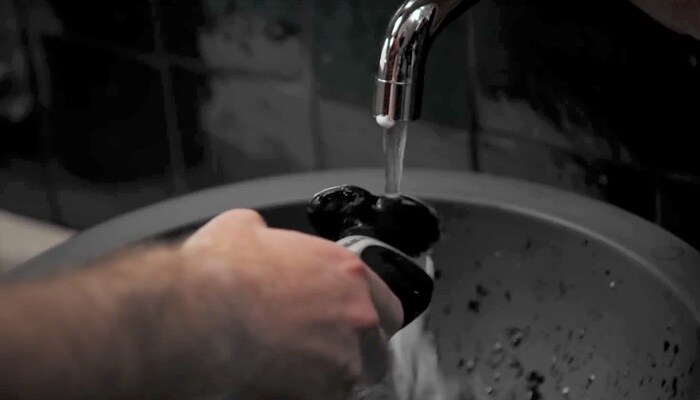
12. Clean your shaver
If you want to avoid irritation from shaving, hygiene matters. Don’t forget to clean your shaver during and after your shave for the best possible shaving performance. Rinse with lots of lukewarm water, shake off any excess and (once you’re finished) lay it down – open – to dry. If your shaver comes with a cleaning system, simply place your shaver inside, and it’ll be ready for your next shave.
13. Shave regularly – but not too regularly
For the best results and to keep your skin used to the electric shaver, it's best to shave around three times a week. This gives your skin a day or so to recover, but keeps the hair from getting so long that you need to trim it before close shaving to avoid irritation.
Follow these tips, and you’ll soon see an improvement in the way your skin feels after shaving. And if not, you can always grow it all out into a full beard…




